Beautiful callas: caring for the plant in the garden and in the room
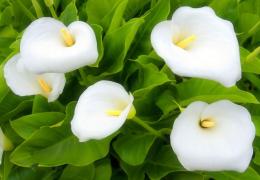
Callas are fairly widespread plants that attract attention with their unusual flower shape and beautiful large shiny leaves.
Usually used for landscaping adjacent areas or grown in greenhouses for cutting.
There are species of this plant that are grown indoors as a potted crop. Depending on where they grow calla lilies their care will also differ.
Content:
Callas, botanical description
Callas belong to plants from the Aronicaceae family, the genus Calla. Under natural conditions they grow near bodies of water or in damp wetlands.
Callas are widespread quite widely, from the subtropical zone to the northern regions of Europe, in Siberia and the Far East.
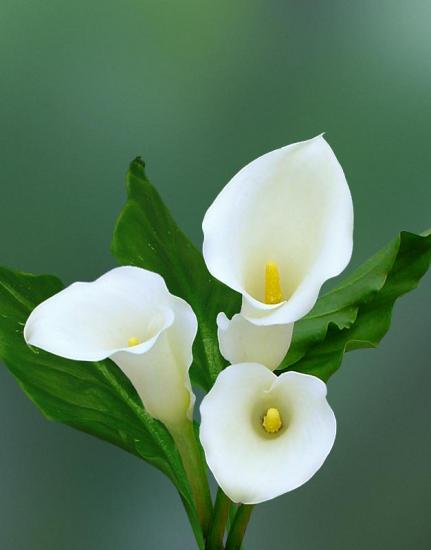
The plant has a rhizome that is quite powerful, divided into separate segments, and reaches more than a meter in length. Where the rhizome forms nodes, numerous long fibrous roots.
The plant has large, smooth, shiny leaves. Leaf blade with a solid edge, pointed upward.
The arched veins are clearly visible on it. Young leaves are rolled into a cone.
Callas have interesting inflorescences - cobs. They can exceed 6-7 cm in height. Each cob is covered with a petal-veil.
The top of the coverlet is pointed at the top; usually there is only one coverlet.Occasionally it happens that several bedspreads are located on top of each other, decreasing in size from the bottom to the top.
After pollination occurs, the blanket becomes green and photosynthesis processes also occur in it, which provides additional energy when the seeds ripen.
The fruits are small, juicy red berries. The plant blooms in the first half of summer, the fruits ripen in August.
Callas are widely used in folk medicine, landscape design, pot culture and for cutting flowers in bouquets.
Caring for callas in the garden
When choosing a place to plant calla lilies in the garden, you should remember that in shaded areas it blooms more profusely, and in sunny areas it has a more luxurious green bush. The soil is quite dense, clayey or loamy.
Preferably sour, but slightly acidic, closer to neutral, will do. Calla lilies are convenient to use where you need to quickly landscape a large area. Sprawling, the plant quickly takes over the free space.
Video about what calla lilies are:
Calla lilies are propagated in two ways by sowing seeds into seedlings and dividing the rhizomes. Seeds collected the previous autumn are sown for seedlings. seedlings planted in the ground in May. The rhizome is divided in the summer.
Calla is very responsive to feeding. During the flowering period, potash fertilizers need to be applied every two weeks. It is better to apply nitrogen fertilizers after flowering, as they stimulate the growth of leaves and reduce the number of flowers.
It is important to monitor soil moisture. Callas do not tolerate drying out of the soil. It must be moistened regularly with small portions of water.
With proper watering and regular feeding, each bush can produce 9-10 long, up to a meter, flower stalks.It is better to remove those flowers that have already bloomed.
The following varieties can be recommended for growing in the garden:
- Spring white
- Elegant swan
- Captain Volant
- Captain Eskimo
- Cameo
Considering that two plants are sometimes suspected under the name calla lily, one, in fact, calla lily or calla lily, winters well in the soil. The other is Zantendeschia, which was previously also classified as a member of the Calla genus.
The homeland of plants from the genus Zantedeschia is Africa and for the winter its rhizomes are dug up in September and stored in approximately the same conditions as dahlias.
Caring for indoor callas
Among plants grown indoors as potted crops, calla lilies are one of the most undemanding crops.
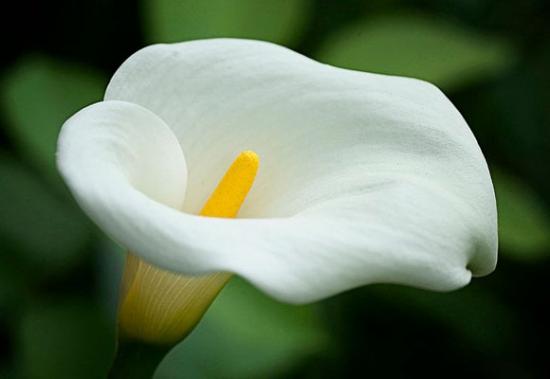
However, the minimum growing and care conditions must be observed, otherwise you may not wait for the beautiful flowers to appear.
When choosing a place for calla lilies, it is important to remember that although they can grow in light shade, they still need enough sun. It is better if it is direct sunlight in the evening, so if possible, it is better to place pots with calla lilies on southwestern or western windows.
Callas are sensitive to air and soil humidity; it is important to prevent the soil from drying out. From May to September, potted calla lilies need abundant watering. During the dormant period, December, January, March, watering is more moderate, but without drying out the soil.
The optimal temperature in the room where the pots with calla lilies are +20 +25, during the dormant period is 12 degrees Celsius.
If in the summer the plant feels good on loggias and balconies, then in September it needs to be brought into the room. Without a period of rest, calla lilies may not bloom.
The pot for indoor calla lilies should be quite spacious, at least 20 cm in diameter.
During the period of abundant flowering, callas should be fed with phosphorus-potassium mixtures.
As soon as the cover of the indoor calla lily begins to turn green, the peduncle is cut off, otherwise the number of buds may decrease.
To prevent the appearance of indoor callas spider mite or aphids, it is important to maintain a certain humidity and regularly spray the plant. You can wipe the leaves with a soapy solution followed by sprinkling.
If the pest does appear on the flowers, it will have to be treated with special means until they completely disappear.
Modest, but very elegant flowers will be the result of proper care for indoor and garden callas.
Interesting information about the vegetable garden


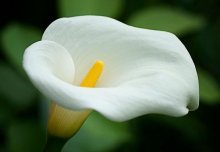

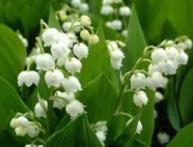
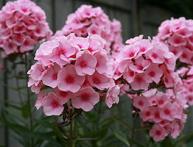

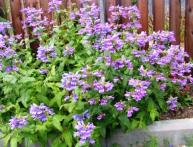
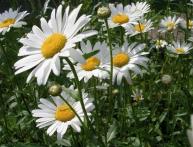
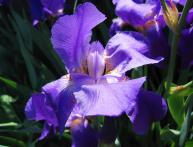
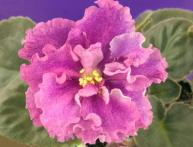
Comments
Calla is simply a beauty among flowers. For me, she is like an intellectual, so sophisticated. I had luxurious callas, I always planted them outside. But one fine day I forgot about them, and at night there was frost and she disappeared ((